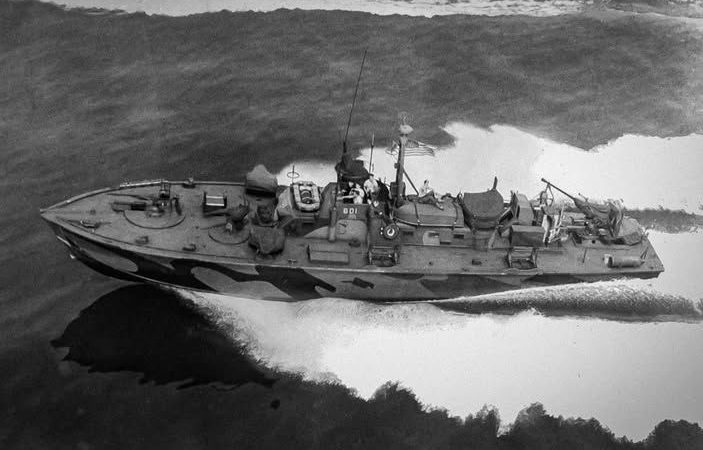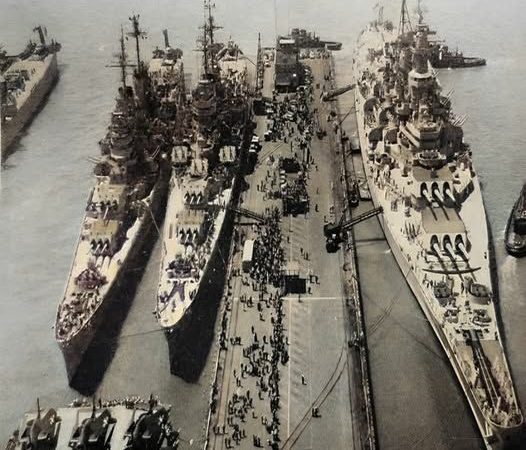French Battleship Jean Bart: A Legend of Naval Warfare
The French battleship Jean Bart stands as one of the most iconic warships of the 20th century. Named after the famous French privateer Jean Bart, the ship played a significant role in naval operations during and after World War II. Its remarkable design, storied history, and contributions to naval warfare have earned it a place in maritime history.
Jean Bart was the second ship of the Richelieu class, designed to be powerful and resilient. Construction began in 1936 at the Penhoët shipyard in Saint-Nazaire, France. The ship was built with a focus on speed, heavy armor, and powerful armament, which included eight 380 mm (15-inch) guns mounted in two quadruple turrets. These features were meant to match or surpass the battleships of other major naval powers at the time.
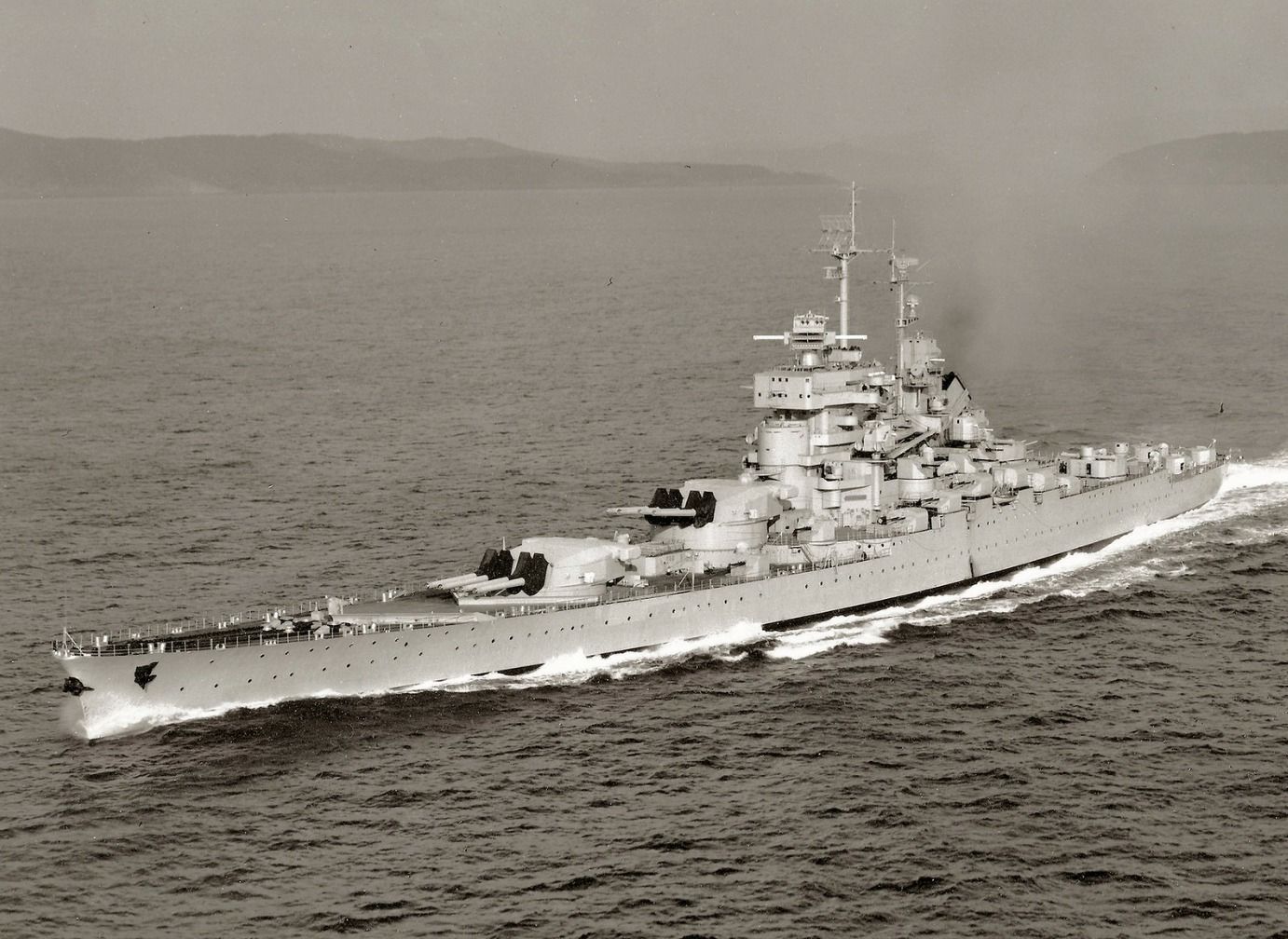
One of the most notable aspects of Jean Bart’s design was its emphasis on protection and firepower. It was built with thick armor plating to withstand heavy attacks, making it one of the most formidable warships in the French fleet. However, due to the outbreak of World War II in 1939, the construction of Jean Bart was expedited, and it was launched in an incomplete state to avoid capture by German forces.
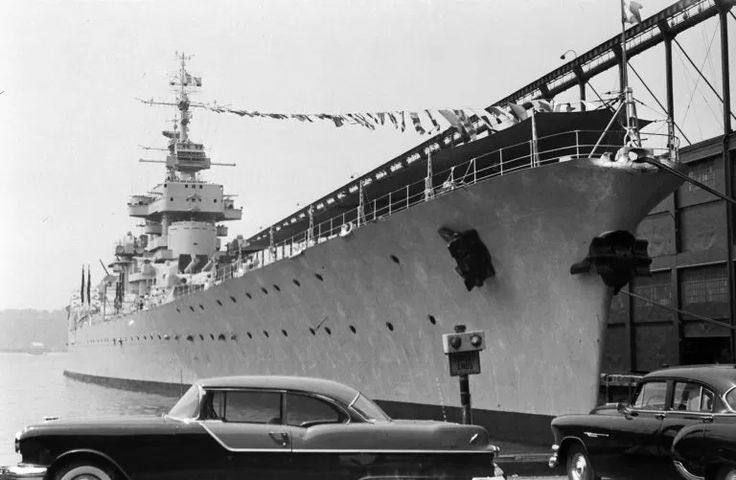
Jean Bart’s wartime service was marked by its incomplete status and the challenges it faced during the early years of the conflict. In 1940, as German forces advanced through France, the ship was hastily moved to Casablanca in French Morocco to prevent it from falling into enemy hands. Though not fully operational, it played a significant role in the naval engagements that followed.
During the Allied invasion of North Africa in November 1942, Jean Bart engaged in the Battle of Casablanca against American naval forces. Despite being only partially equipped, the battleship fought valiantly, demonstrating its powerful artillery and defensive capabilities. It sustained damage in the battle but succeeded in delaying the American fleet, showcasing its resilience and strategic importance even in an incomplete state.
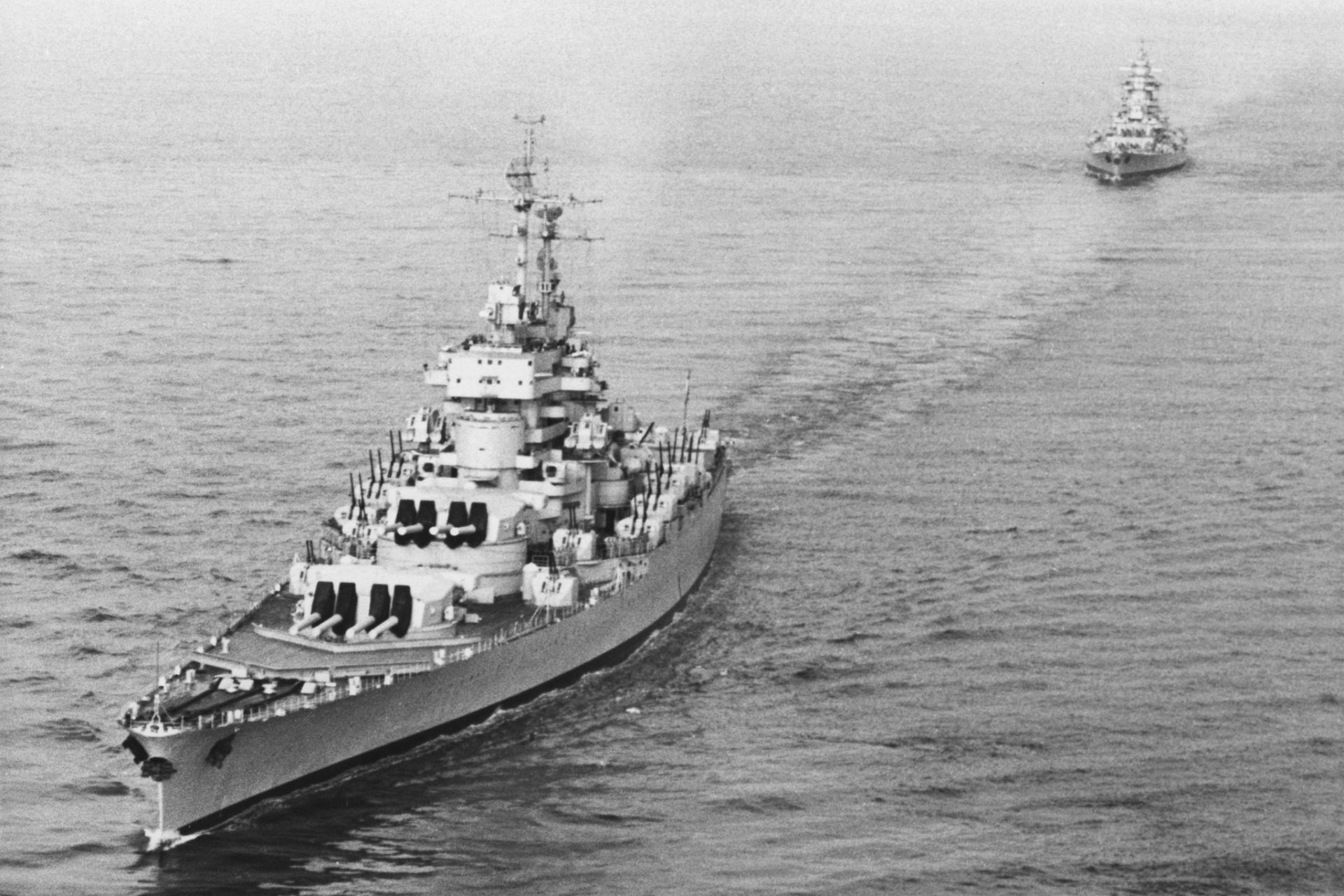
After World War II, Jean Bart underwent extensive repairs and modernization to become fully operational. It was finally completed in the 1950s, but by then, the era of battleships was coming to an end, with aircraft carriers and other types of vessels taking precedence in naval strategy. Nevertheless, Jean Bart continued to serve in various roles, including as a training ship and later as a reserve vessel in the French Navy.
The legacy of the Jean Bart extends beyond its physical presence as a battleship. It symbolizes the resilience and determination of the French naval forces during a turbulent period in history. The ship’s story is a testament to the adaptability and strength of the French Navy in the face of adversity.
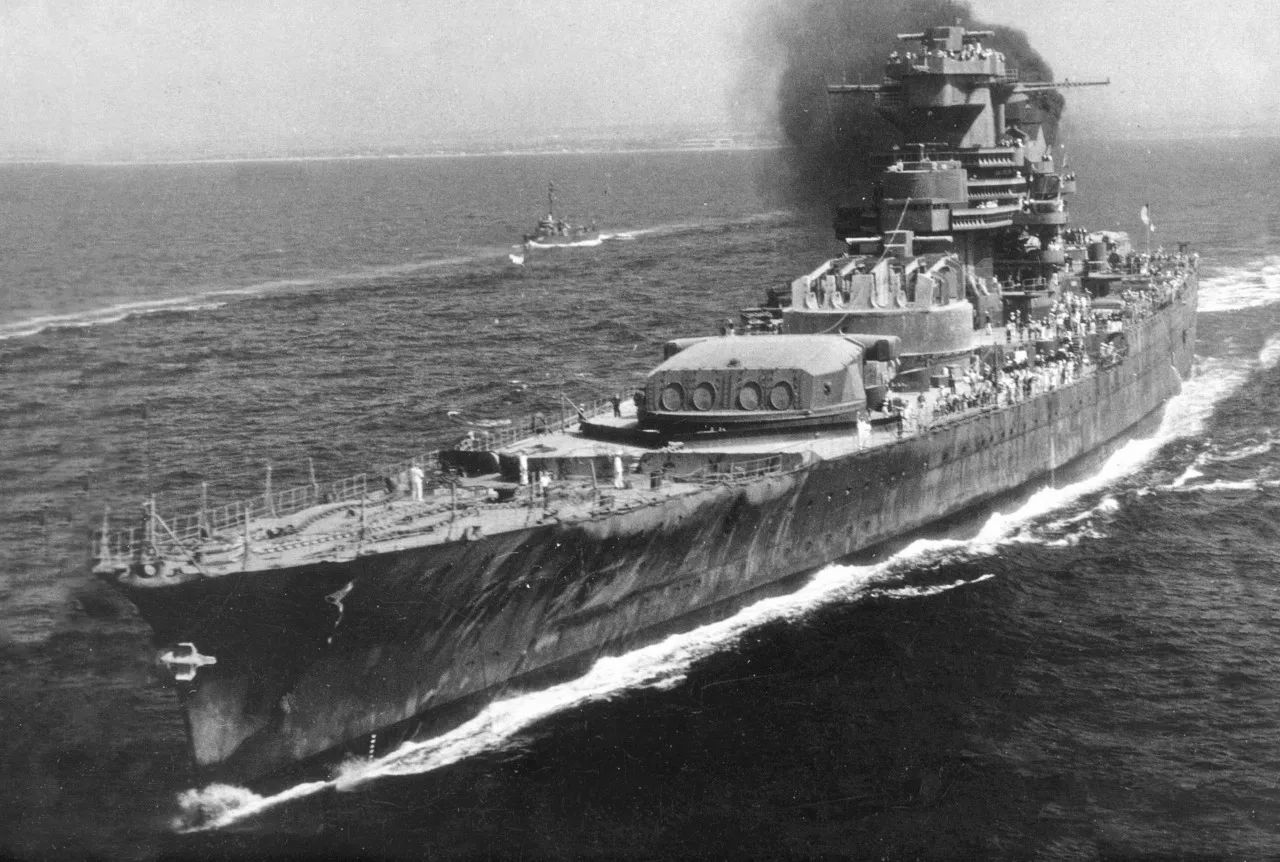
The French battleship Jean Bart remains a legendary figure in naval history, representing both the peak of battleship design and the challenges faced during wartime. Its story is one of courage, resilience, and tactical prowess, making it a significant part of France’s maritime heritage. Though the era of battleships has passed, Jean Bart’s legacy continues to inspire naval enthusiasts and historians around the world.


